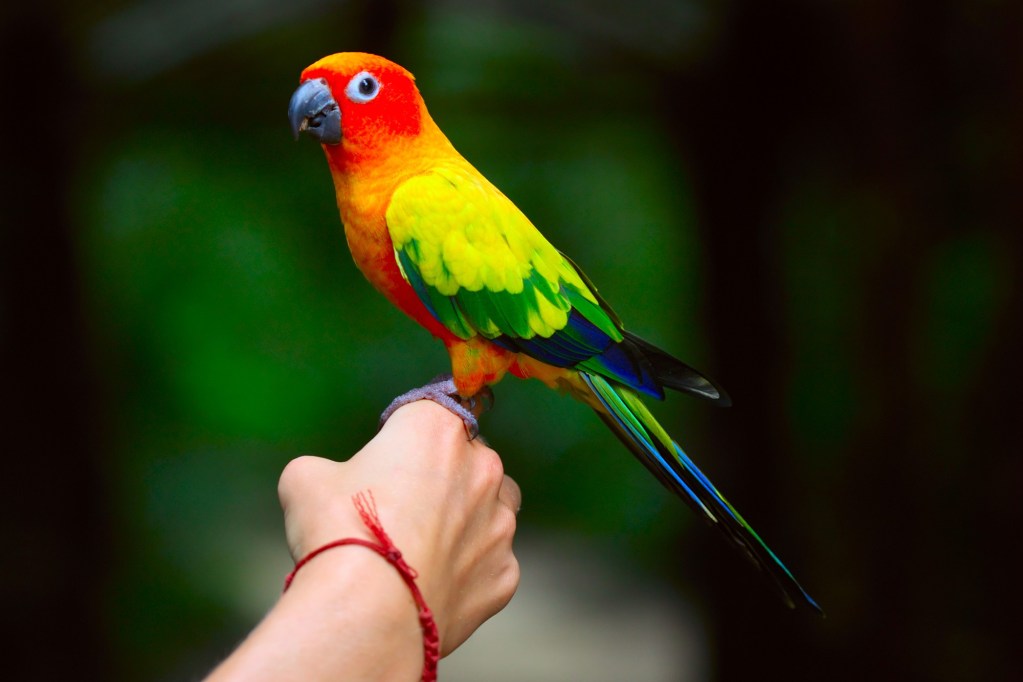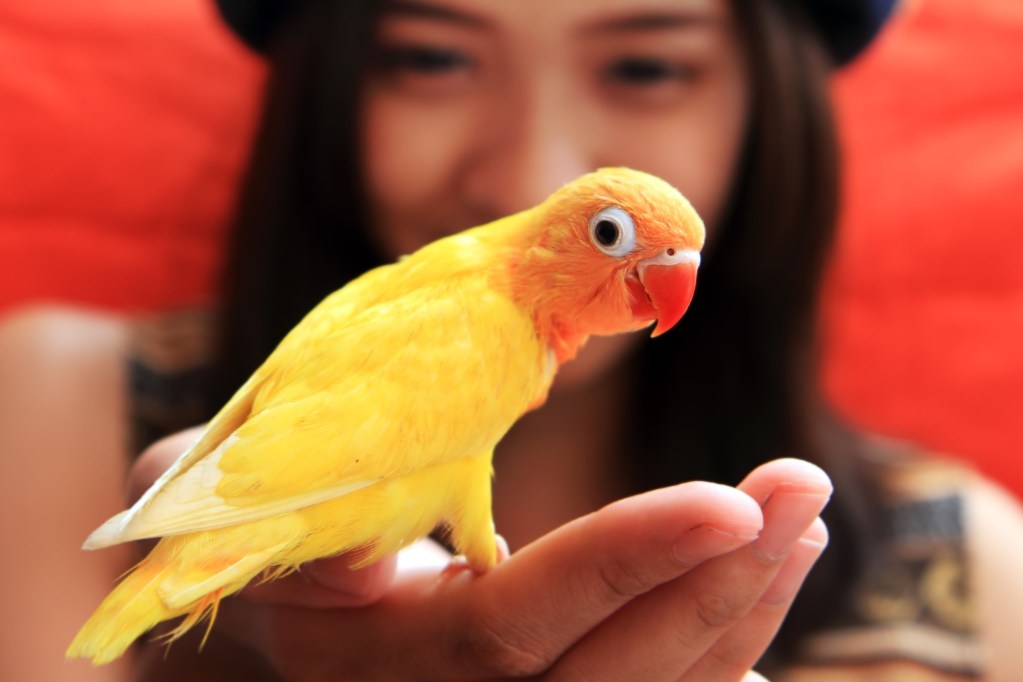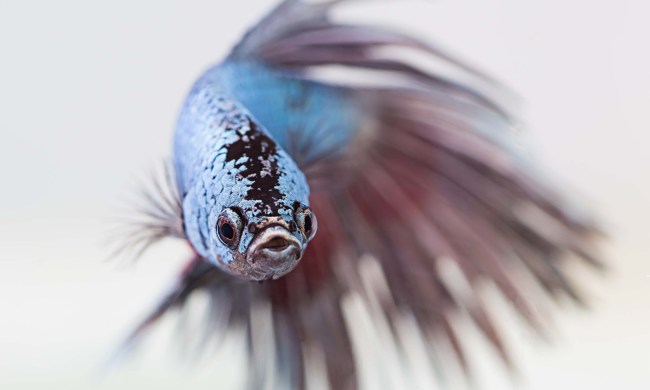All bird lovers want to show the world how special and smart their feathered friend is by showcasing their talents. But a talented bird is the result of a lot of patience and training.
Birds often live longer and are usually more intelligent than other common pets. Training your bird may seem difficult at first, but it will get easier and can be a lot of fun. When pet birds are young, they are usually eager to learn and can be trained before they develop bad habits. But even older birds that bite, scream, and have other bad traits can be taught new behaviors.
To help you get started, we will go over some of the best ways to train your bird. This is integral to creating a special bond between the two of you. Let’s get started by discussing the “step up” command.

Step up, step down
The command “step up” is a basic command and one of the most important to teach your pet. The first step is to acclimate your feathered friend to your hand. Your goal here is to decrease your bird’s fear of you while letting them know who’s boss! Put your hand near the cage and talk to your pet in a soothing voice several times a day. Make sure the room is quiet with no distractions.
When your bird seems comfortable, go ahead and slowly place your hand inside the cage. This will probably make your bird nervous, so continue to talk in a gentle tone. It may take a week or so before your bird feels comfortable enough to step on your hand. Try to keep the training time light and upbeat. Also plan to keep training periods short; 10 minutes two or three times a day is sufficient.
When your bird feels at ease, gently press your finger on their lower chest and say “step up.” Repeat this process as many times as necessary until your feathered friend understands the command. Of course, end every training session with a special treat. Spray millet can be a good reward.
Practice this new trick every day in different locations. Once your pet has mastered this feat you can use your hands like a “ladder” and have them step up multiple times. Next, you can start working on “step down.” With your bird perched on your finger, place them back in the cage and say “step down” as they step back onto their perch. Practice, practice, practice!
Fighting bad behavior
If your bird behaves badly, don’t despair; there are effective ways to discourage this. Two of the most common bad behaviors are biting and screaming. If your pet is biting, try softly blowing air in their face and saying “no” in a firm voice. For screaming, the best method is simply standing close to your bird and talking in a quiet, soothing voice to help them calm down.
Another behavior often associated with birds is chewing. If you notice bite or chew marks on your furniture or other belongings, a great deterrent is bitter apple spray. Just spray it on your pet’s favorite places to chew and they will figure out your belongings are off limits. You can purchase bitter apple spray at most pet stores.
Tricks

Most birds are naturally playful, so it’s quite possible to teach them tricks like waving hello, dancing, singing, talking, and even potty training. The easiest, though, is teaching them to wave. Once they’ve learned the “step up” command, the “wave” command should be a snap for them. Place your bird on their perch facing you and say “wave.” When you extend your finger — like you would for “step up” — your pet should lift their foot to step on it. As they lift their foot, slowly pull your finger away before they climb on it. Your bird has just completed the wave!
Continue practicing this until your bird automatically lifts a foot when you give the verbal command. Remember to give them lots of praise and a delicious treat for a job well done!
For the most effective bird training, it’s helpful to schedule a certain time of day and stay consistent. Remember to keep things fun and positive so your bird looks forward to training sessions. In no time, your feathered friend will have a bag of tricks you can show off to your friends.


